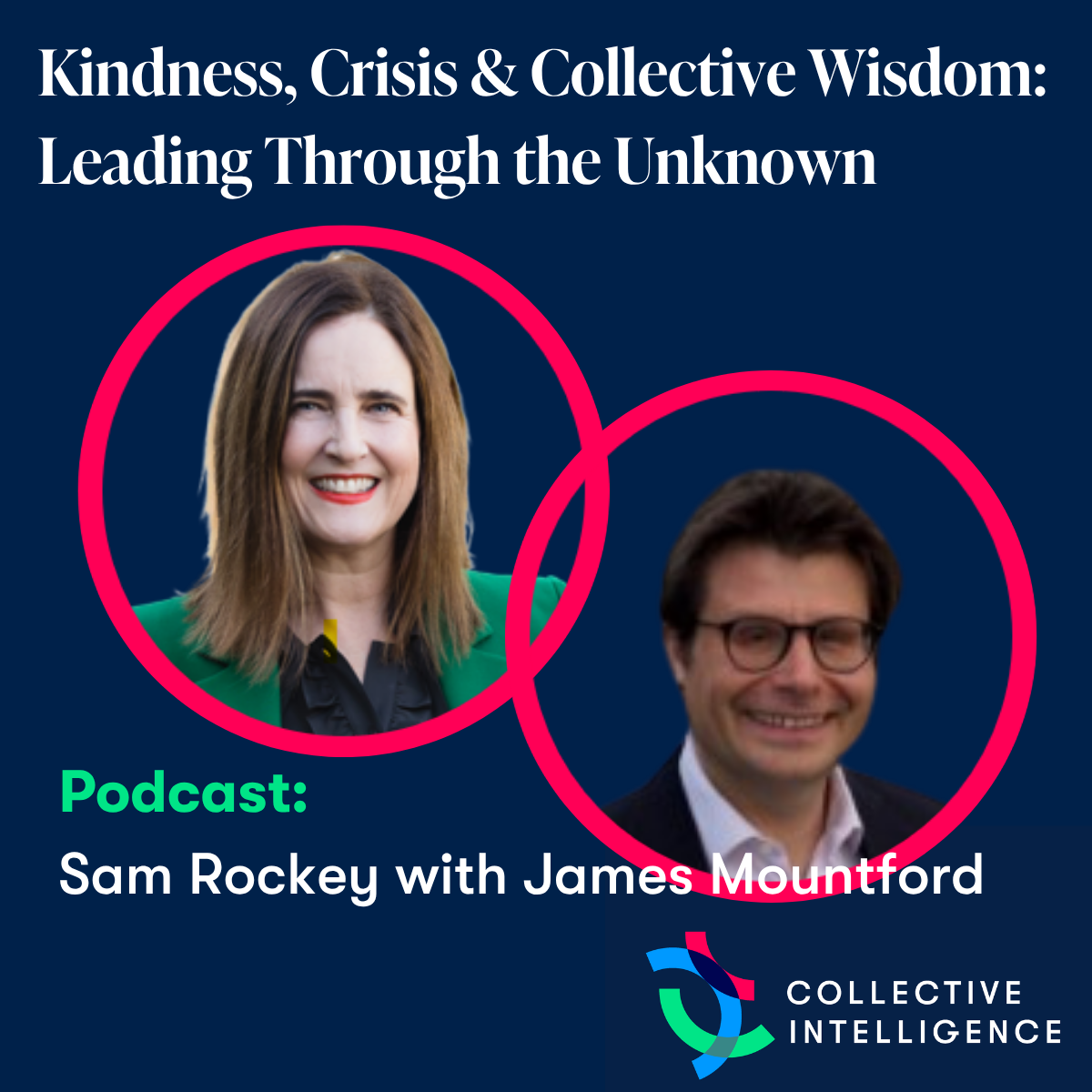We have been interested for many years in how time-poor, smart adults learn and, more importantly, how that learning translates into doing things – differently. Over the past few months, we’ve had the good fortune to work with a bold client to design and deliver an immersive leadership development experience, in partnership with theatre director Donnacadh O’Briain and Immersive Theatre producers Hartshorn Hook.
What science informed the design?
1. Create Anticipation and Surprise
Stimulating curiosity and creating an environment of surprise can go a long way to counter the cynicism that can greet leadership training and to open people’s minds to the experience. For example, we worked with our client to create an exciting runway of anticipation through the upfront invitations, films & branding of the event. When they arrived, participants were disarmed by being drawn into another world through the sets, actors, sound and scenarios. The element of surprise was designed into the experience itself: we never knew how it would end (the ending depended on what the participants advised) and the three groups at each iteration experienced different scenarios and met different characters precisely so that the conversation and curiosity would continue when they got back to the office.
2. Create the Conditions for Presence: Dislocation
We deliberately set the immersive experience in the past. This was partly to provide a setting unmediated by technology (the focus was on human interactions) but also so that participants would be jolted out of their office world into a very different setting (a storage company in the docks in the 1930’s). We joked that mobiles didn’t exist in those days - everyone needed to be undistracted enough to concentrate on one another.
3. Focus on Group Size
We used our research around optimum group size to allow us to create the psychological safety that comes from being in a group (no individual felt exposed) whilst keeping the groups small enough to have space and time for everyone to have a voice and to participate.
4. Create Opportunities for Thinking and Feeling
Learning that is felt as well as grasped cognitively lasts longer and is stickier. Learning that is visceral can more easily be ‘summoned’ or embodied at a later date. Participants in this experience were drawn into human situations that affected them (tears were shed at times) so that they were unable to push them away or be uninvolved.
5. Provide a Structured Chance to Reflect
What just happened? So what for me? The chance to stand back and analyse both one’s own behaviour and the behaviour of the group in a structured, facilitated way is key for fully inhabited learning. For example, we designed a pack of cards with relevant questions for pairs to ‘play’ and discuss as they reflected on the experience.
6. Design Experiments
Linking the learning to a change of behaviour framed as an experiment (where there is learning even if it fails) with articulated first steps and a time frame, witnessed by colleagues is a robust way to design in longevity of impact.


























.png)


















































.png)





.jpg)

















.png)



